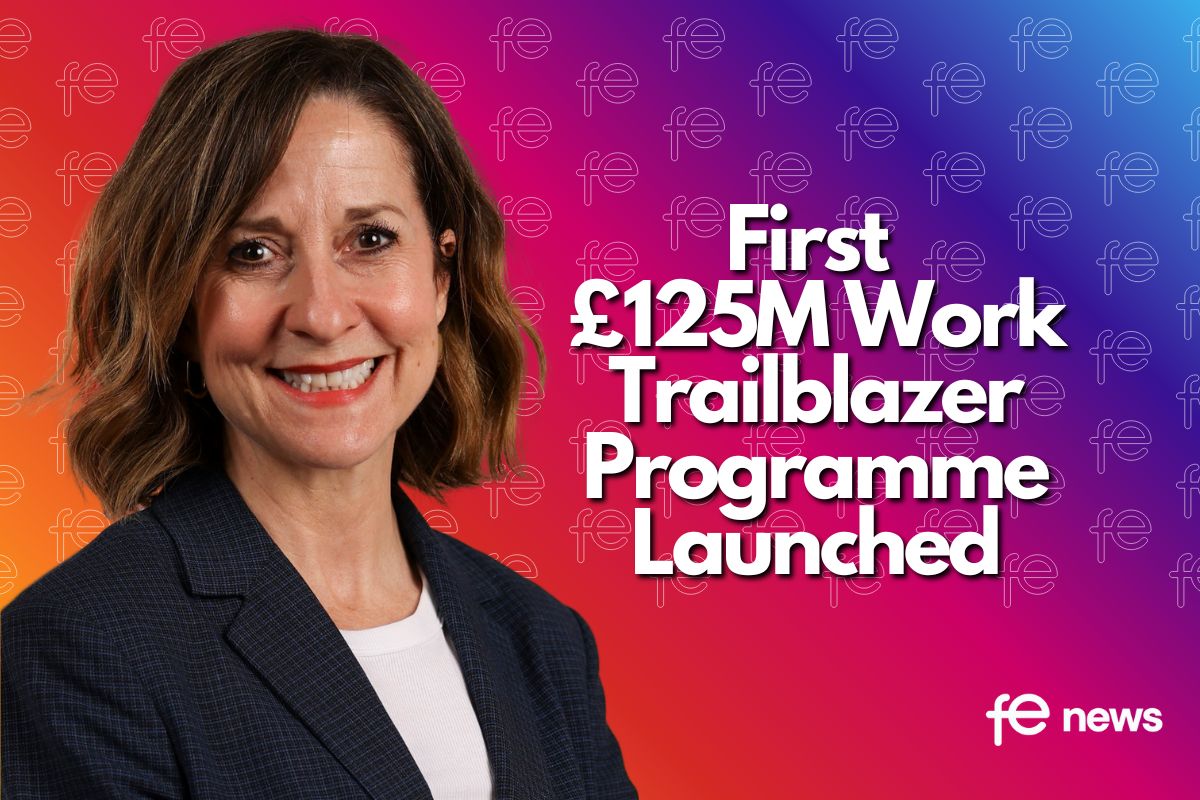THE TRAINING REVOLUTION

As a committed vocational trainer it is hard to admit that I’ve attended some pretty poor training sessions. I find it even harder to admit that I may have presented some of them myself!
Over time, I’ve been frustrated by joining instructions that don’t make sense, attended training sessions not certain why I’m there and not been told when the session ends so that I will be home in time for my evening meal. Vocational training is often a wonderful and sometimes life changing experience, yet I know I’m not alone in sharing these misgivings with you.
So, in tune with our modern times, we need a training revolution! And all good revolutions need a charter of intent. . .
THE TRAINING CHARTER
1. If you can’t explain it simply, you don’t understand it well enough (Einstein).
If you can explain something clearly to yourself, there’s a much better chance you can explain it clearly to others.
2. At the beginning of the learning session let the learners know the duration of the session and the times of any breaks.
We all like to know what’s going on!
3. Learners must be given a good reason to participate in training.
Explain how learning fits into the bigger picture and the benefits to be gained.
4. The trainer decides the training topics, not the learners.
It is right to ensure the learners’ training needs are being met, however the trainer must not be led by the learners.
5. Never assume prior knowledge, always start from the beginning.
Beware of thinking that something obvious to you, will be obvious to everyone.
6. Step-by-step instructions must be accurate and include every stage.
Test your session on a novice. Having subject knowledge, it is easy to inadvertently leave gaps in your instructions.
7. Never say anything is easy. What’s easy for you may not be so easy for everyone.
Don’t demean the efforts required by your learners.
8. The objective of vocational training is to give the learner a sufficient amount of knowledge in order to perform the task.
Telling the learner everything you know about the subject, may gratify you but will probably confuse the learner.
9. Only show one way of way of doing something. Alternative methods can be shown after the first lesson is understood.
Learn to walk before you run!
10. The objectives of training sessions take precedence over the needs of learners.
The industry standards need to be complied with because all practitioners must be properly informed of their responsibilities.
In conclusion, I don’t suppose I’ve listed every example of good practice but it’s a start. If you can think of any more, let me know and we can build on the charter together. The Training Charter is a further step on the way towards vocational training being recognised as a profession in its own right.
ERIC BAKER, @bakertraining











Responses